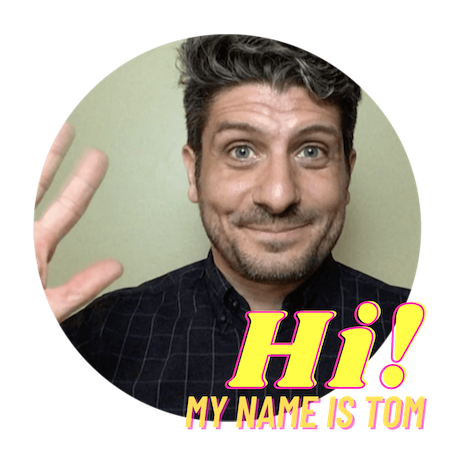In this professional development training program, the Smithsonian’s early childhood educators explore sensory play, movement, and imagination in early learning
Enjoy this professional development case study about Embodied Learning’s impact in child care centers and educators’ professional life
You have just left the Victory Garden behind you when your attention is attracted by the comings and goings of a giggling crowd. On the meadow in front of the National Museum of American History on Constitution Avenue, two dozens of adults are happily running around with arms stretched miming a bird or an airplane. These people are carrying a newspaper page spread across their chests and are very committed to keeping the large sheet that is sticking to their bodies from falling down.
These “performance artists” are the extraordinary educators at the Smithsonian Early Enrichment Center (SEEC). They are experimenting with movement, gravity, and balance.
View this post on Instagram
Professional Development for Early Childhood Educators:
Learning is a Physical and Emotional Act
A SEEC teacher is able to design learning opportunities in every possible spot of Washington DC, in particular, in museums. We wanted to inspire and gratify teachers for their talent and dedication with a journey through the way each child collects learning experiences at SEEC every day. Executive director Meredith McMahon, SEEC directors and specialist team, and I designed a customized professional development program focusing on learning as a physical and emotional act.
View this post on Instagram
It only took two video calls before “Life is Oscillation” was born.
Professional Development for Early Childhood Educators:
We Played All Day!
Muscular oscillation is the repetitive movement I use to explain the discovery process in early childhood. In part one of the PD session, we worked on putting the body of every participant in the condition to understand, playfully, how infants and children experience a discovery, physically and emotionally, by using impulses, oscillations, and a range of everyday life materials and sensory constructions. We discovered time, pace, communication, relationship, identities, points of view, and conscious movements.
The Impact of Embodied Learning Professional Development for Early Childhood Educators
The most impactful way to present this unique professional development session is the visual documentation that SEEC educators produced and posted on social media during the session.
Getting our professional development day started off exploring objects w @tommasolana and #embodiedlearning pic.twitter.com/j2qizavQHy
— SEEC (@SEECstories) October 6, 2017
View this post on Instagram
View this post on Instagram
View this post on Instagram
View this post on Instagram





